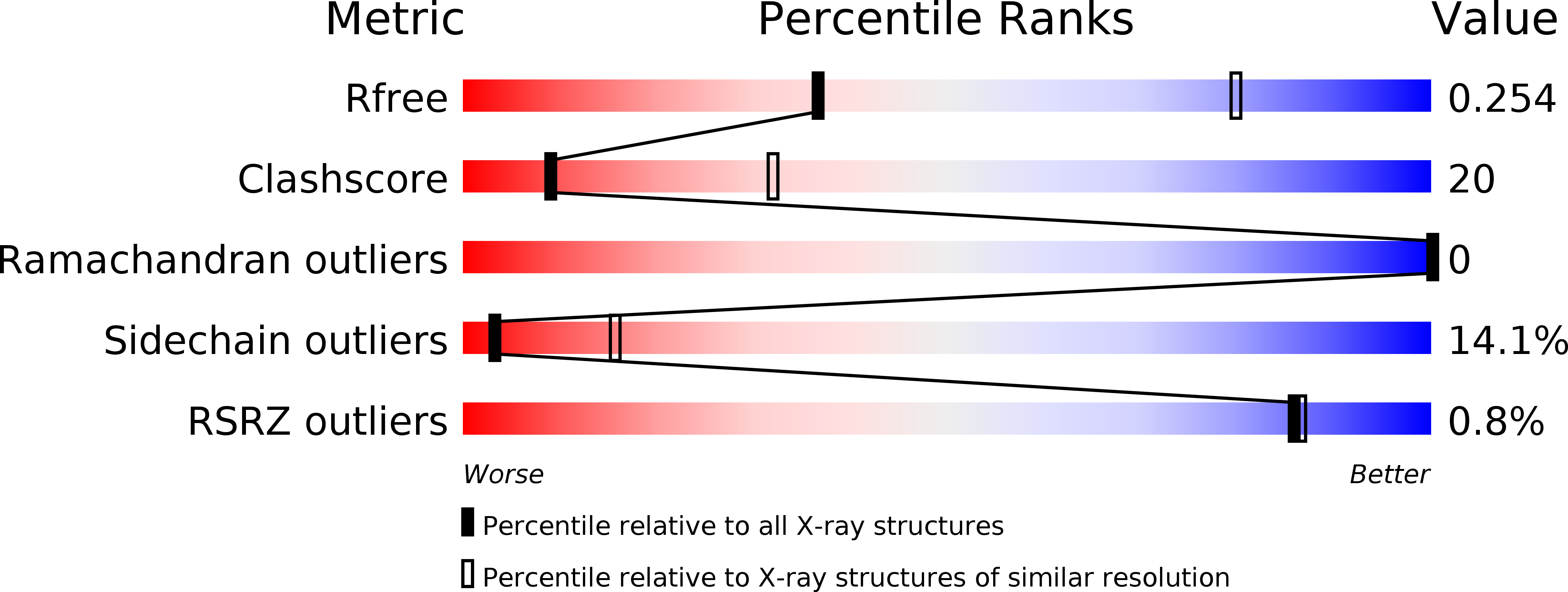
Deposition Date
2019-09-18
Release Date
2019-12-04
Last Version Date
2023-11-22
Entry Detail
PDB ID:
6KYH
Keywords:
Title:
Crystal structure of Shank3 NTD-ANK A42K mutant in complex with HRas
Biological Source:
Source Organism:
Mus musculus (Taxon ID: 10090)
Host Organism:
Method Details:
Experimental Method:
Resolution:
3.30 Å
R-Value Free:
0.25
R-Value Work:
0.22
R-Value Observed:
0.22
Space Group:
P 1 21 1


